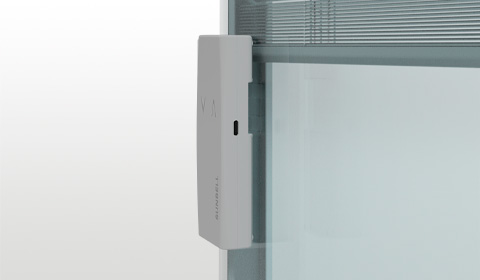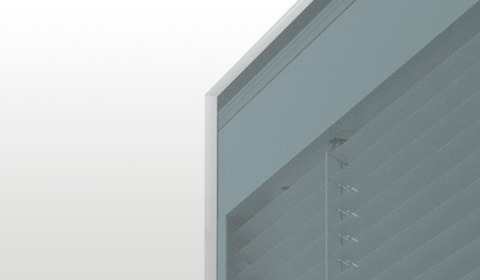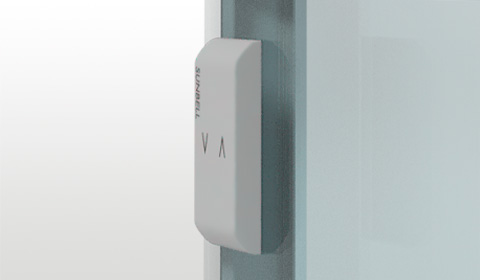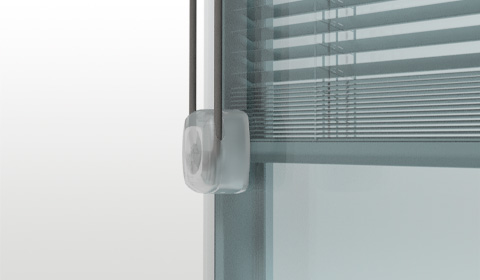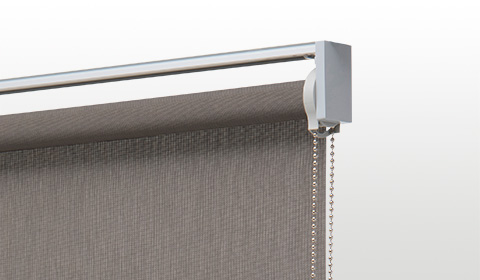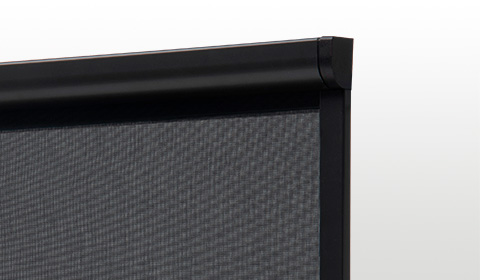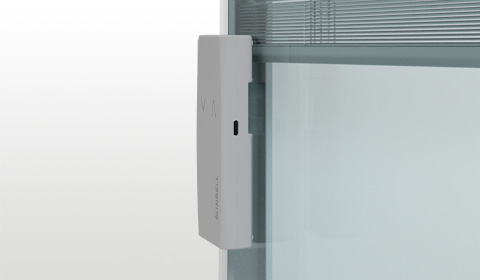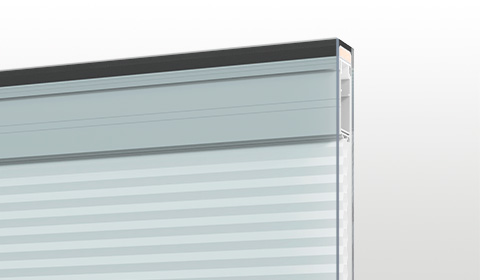In the last few years, augmented reality has made some significant steps forward, moving from an abstract sci-fi idea to a real technology based on strong scientific data.
Until a few years ago, the cost of developing an augmented reality project was so high that it could only be used at the initial stage of the design development process.
However, things have changed considerably to the point where we now even have augmented reality tools on our mobile devices.
But what is augmented reality and how does it work? Let’s take a look at it together.
What is augmented reality?
Augmented reality is the enrichment of our sensorial perceptions via elements enhanced by computer-generated inputs.
These elements ‘augment’ or ‘diminish’ the amount of information usually perceived by our senses from multimedia content via:
- video devices: e.g. retinal projection glasses
- audio devices: e.g. earpieces
- manipulation devices: e.g. haptic gloves
The concept of augmented reality first appeared in a novel by Frank L. Baum, the author of “The Wizard of Oz”.
In 1901, Baum wrote the “The Master Key” were the protagonist accidentally creates the Demon of Electricity, who gives him the gift of the “Character Marker” – a pair of unique glasses:
“While you wear them every one you meet will be marked upon the forehead with a letter indicating his or her character. The good will bear the letter ‘G,’ the evil the letter ‘E.’ The wise will be marked with a ‘W’ and the foolish with an ‘F.’ The kind will show a ‘K’ upon their foreheads and the cruel a letter’ C. Thus you may determine by a single look the true natures of all those you encounter.”
With this, Baum somehow predicted the creation of augmented reality.
How many types of augmented reality are there?
At the moment, there are two types of augmented reality:
- Computer-based: it utilises black and white markers that are shown to a webcam and recogniZed by a computer. Multimedia content is then superimposed on them in real time.
- On mobile devices: in this case, the device needs to have GPS, a compass, an internet connection and the ability to visualiZe video content in real time. As the device frames the surrounding environment, additional levels of content will be added – like places of interest which have been geolocated or additional 3D elements.
At this point, it is probably clear how augmented reality is achieved, i.e. through many technological innovations that can be used individually or together.
These innovations can be represented by hardware components such as processors and sensors, optical projection systems and input devices like GPS, vocal and tactile recognition, and software.
Augmented reality apps are already present on the market and many more are currently being developed for almost every industrial sector, including architecture.
How will augmented reality influence this sector?
Augmented reality and architecture
In the architectural sector, augmented reality can be very useful for the visualization of a project in development.
Computer-generated images of a building can be superimposed on a real environment, facilitating the design process before the actual build.
However, that’s not all:
Augmented reality can also be used by architects when creating 3D animation renderings of 2D projects.
As well as enhancing visualisation, there are also a large number of tools to facilitate projects in the process of being developed or built.
Augmented reality can be used to deepen the analysis of a project and to troubleshoot a project once the model has been completed. With this method, both architects and contractors can understand potential issues and amend a project accordingly.
The use of augmented reality increased and reached maturity in the architecture and construction sector when companies such BNBuilders in Seattle began to show their clients new proposals at the actual locations of the build, utilizing tablets and other mobile devices on their construction sites.
The user experience can be improved further by using an AR application, allowing the visualization of objects and layouts inside a building to understand the spatial design and visualize the project.
However, the benefits of using augmented reality don’t end there.
As we continue to improve the precision of GPS technology, companies are going to be able to use augmented reality to visualise georeferenced building sites, underground structures, cables and pipes, just by using mobile devices.
In less than a century, augmented reality has moved from pure fantasy to reality, becoming an essential tool even in emergency situations and urban planning.
Following the 2011 earthquake in Christchurch, New Zealand, the University of Canterbury developed CityViewAR. This application enabled the city’s developers and engineers to visualize buildings that had been destroyed.
This software was a useful tool for developers who could use it as a reference for the urban landscape before the disaster, but it also offered a clear indication of the gravity of the situation.
To conclude, augmented reality can also offer financial benefits because it can help us to predict how architectural elements may function and how they influence our surrounding environment, saving significant financial resources before the start of a project or building.


